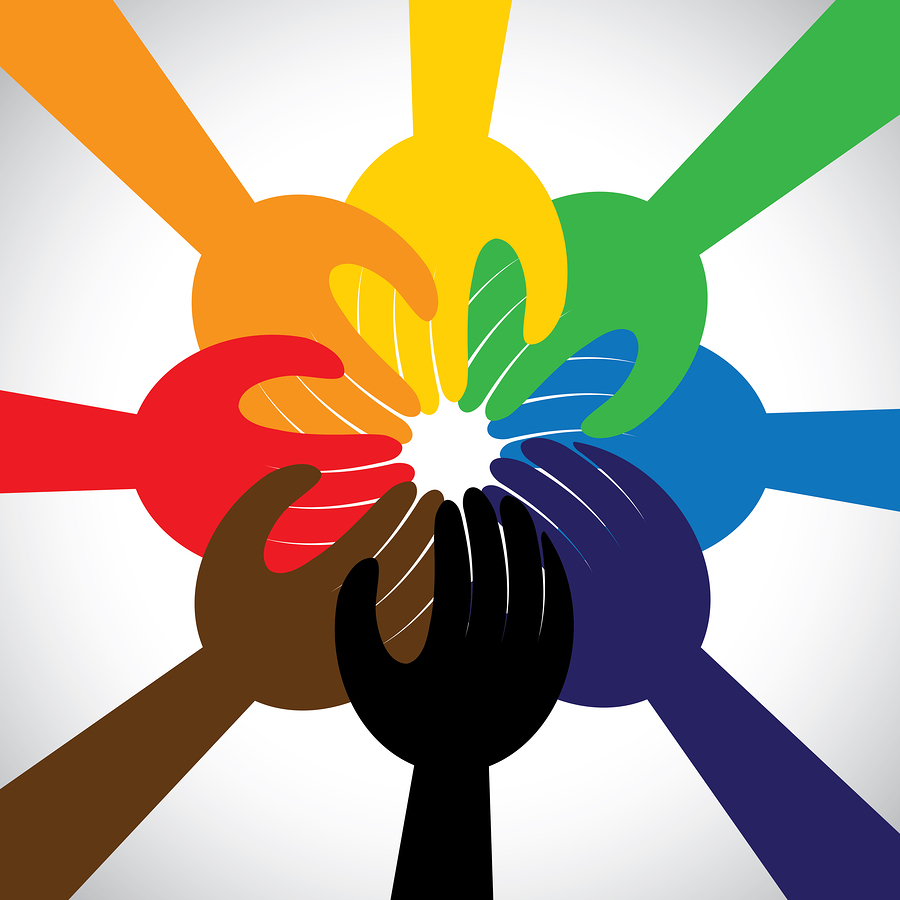Overcoming cultural mistrust in youth mentoring relationships
by Bernadette Sánchez, PhD.
Adolescents of color report experiencing racial discrimination by adults, and they report increasing levels of discrimination as they get older (Greene, Way, & Pahl, 2006). These chronic experiences of discrimination coupled with the recent high profile cases in which Black youth are murdered by police officers and citizens are reason enough for youth of color to have cultural mistrust toward Whites or people who are outside their racial/ethnic group.
Cultural mistrust is an attitudinal response to historical and personal oppression in which people of color do not trust Whites in institutional, personal and social contexts (Terrell & Terrell, 1981). Albertini (2004) found that 35-50% of a sample of 359 West Indian and Haitian adolescents reported moderate to high levels of cultural mistrust towards Whites and that, when participants were in the 9th grade, greater reports of cultural mistrust were associated with having spent more time in the U.S. These adolescents may have experienced direct or vicarious discrimination, which led them to develop more cultural mistrust with time. Having some cultural mistrust might actually be healthy, however; it could help youth of color prepare for bias in their interactions with others. But cultural mistrust could also serve as a barrier in developing a close mentoring bond, particularly in relationships between White mentors and mentees of color. In fact, a pilot study that my colleagues and I conducted showed that adolescent girls of color with more cultural mistrust also had poorer quality mentoring relationships with their White women mentors (Sánchez, DuBois, Silverthorn, & Pryce, 2009). The heart of youth mentoring programs is the relationship that youth develop with their mentors. So given the reality that some youth may have cultural mistrust, how do mentors overcome this barrier?
There is recent research on cultural mistrust in educational settings that focuses on African American students, which have implications for mentoring. Yeager and colleagues (2013) conducted a series of studies in which middle and high school students were randomly assigned to an intervention or control condition. All of the students received feedback from their teacher on an essay they wrote. Students in the control condition simply received feedback on improving their essay whereas those in the intervention condition received this feedback as well as a wise feedback note, which indicated that the teacher held the student to a high standard and that s/he believed that the student can achieve this standard. The researchers found that students who received the wise feedback were more likely to submit a revision of their essay, and the quality of their final drafts improved compared to students who didn’t receive the wise feedback. Further, the effect of the wise feedback was stronger for African American students, especially those who were more mistrusting of school.
What do these findings mean for mentoring? At the very least, mentors working in educational contexts or in mentoring programs that aim to promote academic achievement should provide wise feedback (i.e., I have high expectations and I believe that you can meet these expectations) to youth. This wise feedback would be helpful to youth of any race/ethnicity, but would be most helpful to youth of color with cultural mistrust.
See my related post for tools to measure and promote cultural trust and competence.







